Removing a wasp nest by yourself can be an extremely dangerous task! Wasps feel threatened when their nests are disturbed, and they become very hostile, aggressive, and even deadly.
Remember, wasps often live in swarms, and they violently protect their nests. This means that when provoked, they will attack and sting in large groups, extending the risk to the rest of your family.
Thus, we strongly discourage any attempts to remove a wasp nest without the help of a professional. Wasp nest removal professionals are highly trained and equipped with the right tools and methodologies to safely pull down the nests and treat your entire home, eventually rendering it unattractive to wasps.
Signs Of A Wasp Nest In Your Premises
Wasps are perhaps the most infuriating pests that can invade your property. They randomly interrupt your activities, invade your garden, and sometimes, they cause irritating stings unprovoked.
The presence of a wasp nest in your premises is hazardous and deadly. A recent study found that severe wasp stings account for at least nine deaths every year in the UK alone!
You should learn the signs that suggest the presence of a wasp nest in your home, business, school, and any other property. This way, you can get the necessary help soon enough and avoid any wasp dangers.
- Burrowed Wood: A big sign of wasp nests on your property is small holes or tunnels in your wood or wooden structures. Wasps build their nests using wood fibres. The queen burrows on wood to gather fibre, which she mixes with her saliva to create a paper pulp that’s used to build a nest.
- Worker Wasps: You’ll often see small narrow-waisted pests with long wings and a yellow abdomen (worker wasps) returning or moving out of their nests in search of food. If you follow their flight path carefully, you will easily locate the nest.
- Buzzing Sounds: Wasps make a lot of noise when constructing their nests. You’ll hear a loud tapping/buzzing sound coming from the nest area. Deeper into the summer, when the nest is big, you may hear crackling/scratching noises that you can easily confuse for dripping water.
If you spot a wasp nest on your property, do not attempt to disturb, treat, or exterminate it. Call a pest control professional immediately to do a keen inspection of your entire property and ascertain the nature and level of the infestation. From these findings, they will recommend a safe course of treatment for the best results.
DIY Wasp Nest Removal
If for some reason, you are truly determined to do the wasp nest removal on your own, we have provided the following safety tips:
- The first and most important thing to do before attempting wasp nest removal is to designate an escape route. As noted earlier, wasps can be very aggressive when protecting their nests and young ones. What feels like a safe and effective plan to you might turn out to be risky or even life-threatening when the provoked wasps decide to revenge. Therefore, prepare a safe place that you’ll escape to should things get out of hand.
- Wear as much protective gear as possible. You must ensure that you’re completely protected before handling a wasp nest. While wasp stings are excruciating and irritating, a wasp attack will easily turn fatal. Note that wasps can squeeze through any open seams of your clothes. So, you should consider buying PPEs such as overalls, boots, gloves, face masks, protective goggles, and something to cover your head.
- Treat the nest first before removing it. Mistakes such as taking a swing on an active wasp nest will cost you dearly. As such, you want to minimise wasp attack chances by first killing as many of them as you can. Consider using the most effective wasp insecticide that guarantees fast action and residual effects for long-lasting protection.
- Destroy the wasp nest completely. After treating the nest, you must destroy it completely and discard it! Note that any nest remains will invite another wasp invasion. The best time to remove a wasp nest is early in the morning or late at night when they are less active.
Key Takeaways: DIY wasp nest removal is costly and often unsuccessful. Attempting to remove a huge wasp infestation will be a complete waste of your time. Additionally, even with the safety tips above, there is a very high chance that the wasps will attack or sting you and your loved ones.
Professional Wasp Nest Removal Services
The most effective and safe wasp nest removal method is calling a pest control expert. They are trained in the behaviours and habits of wasps and are equipped with the most appropriate tools.
Upon your request, we will visit your premises and do a thorough inspection that will determine what’s attracting the wasps into your premises, the level of the infestation, and the specific species of wasp causing you trouble.
They will then recommend and apply a customised treatment to safely and effectively control the wasp nest, depending on its location. Finally, they’ll give you professional advice and tips to prevent chances of future wasp re-infestations.
